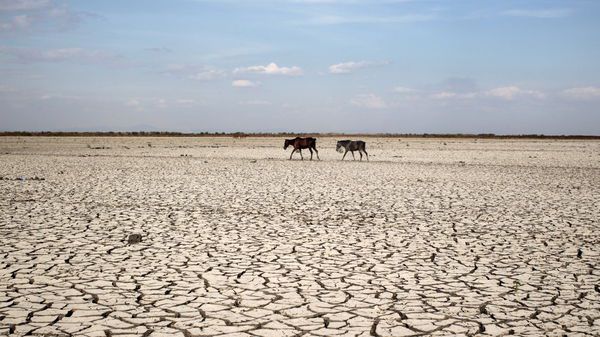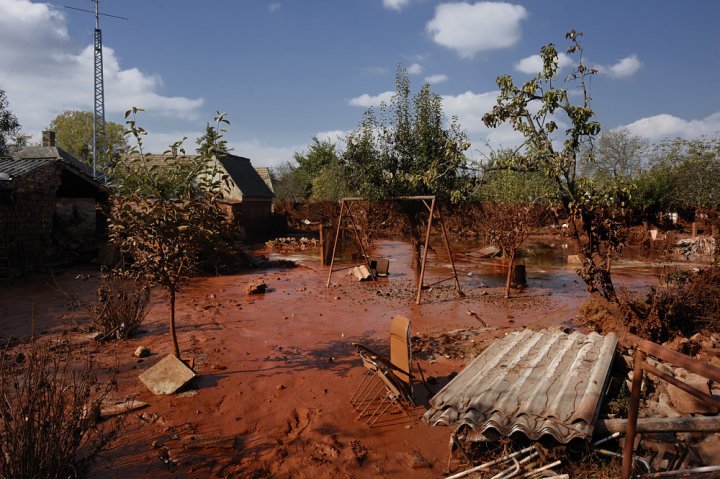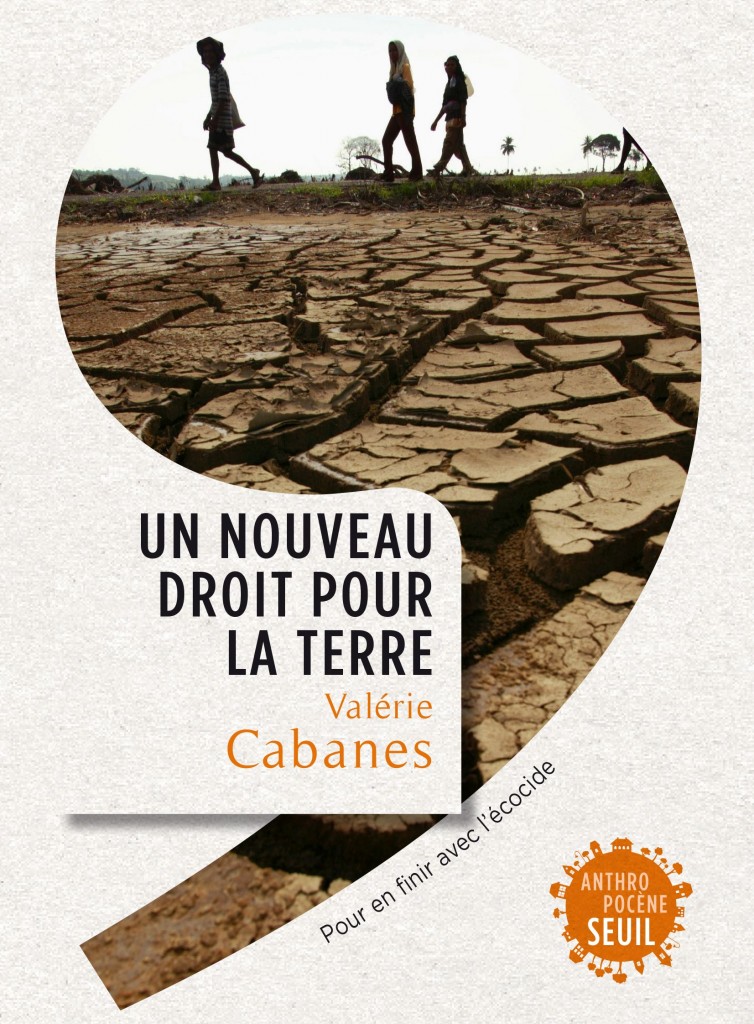ROUND TWO: REDD+
Welcome back to the comparison b etween the law of Ecocide and other international environmental laws. Next up; REDD+
etween the law of Ecocide and other international environmental laws. Next up; REDD+
REDD+ is a scheme that will involve states, NGOs and corporations using market mechanisms to reward developing countries from reducing their greenhouse gas emissions through reducing deforestation (Phelps, Webb and Agrawal, 2010: 312). REDD+ has been proclaimed to be a strategy to help solve the problem of climate change. However, aspects of it have been strongly criticised, including by Evo Morales, the president of Bolivia who condemned REDD+ as being ‘governmental ecocide’ (Higgins, 2012: 21). REDD+ is an example of a carbon trading scheme with tradable pollution permits. Tradable pollution permits create a market for pollution emissions whereby states and corporations are allocated pollution limits permits, if they emit less than their pollution limit, then they can sell their excess permits to other firms. These schemes aim to use market forces to reduce pollution and encourage green technology. Those in favour of pollution permits such as Dahlberg claim that they control pollution levels in a simple way that is not detrimental to society (Dahlberg, 1999). It is also argued that tradable pollution permits are a good type of scheme as they can decrease pollution levels in a cost-effective way. Corporations that would have to spend a lot of money on refurbishing factories, buying new machinery etc., to reduce their emissions levels, can instead buy pollution allowances from a corporation that has spare pollution allowances (Nash, 2000: 485). This ability to buy pollution allowances rather than having to reduce pollution emissions is promoted as a positive aspect of tradable pollution schemes. However, substantial change is unlikely to result because of this as if it is cheaper to buy pollution credits from other companies than to reduce pollution emissions, then corporations have little incentive to change their business practices. Furthermore, corporations that have high levels of pollution emissions may even start producing more goods, and therefore use more raw materials in order to achieve economies of scale to offset the fees that they are having to pay in buying pollution allowances.
This differs from the law of Ecocide whereby corporations have to ensure that their business practices comply with the law of Ecocide. Business practices that cause severe environmental damage will have to be altered. In addition, tradable pollution allowances can also be acquired through offset projects, for example, by planting trees and setting up wind turbine projects. However, it cannot be proven that offset projects actually are the environmental equivalent of emitting carbon dioxide or using fossil fuels (Lohmann, 2008: 362-363). If emissions are not actually being offset by these projects, then tradable pollution schemes will not be successful in helping to prevent climate change and damage to the environment. Prohibiting the most environmentally harmful activities will be far more successful at reducing environmental damage than this system of trying to counteract pollution emissions with other activities.
A further core problem with trading schemes like REDD+ is that it enables rich countries to pay for their emissions rather than forcing them to reduce emissions (Jha, 2008). This is a serious problem as it means that developed countries do not have to make any effort to reduce emissions, and can continue to increase their emissions levels and their consumption of non-renewable goods and products from forests. In addition, pollution credits end up going to wealthy, high-emitting corporations that have the finance and means available to document where emissions ‘savings’ are occurring. Smaller actors that are already low-emitting, or do not have the capacity to demonstrate where savings are being made will not receive credits (Lohmann, 2008: 364). It is evident that powerful corporations will be the ‘winners’ of pollution trading schemes, not smaller corporations and individuals, and not the environment. The concept of pollution credits is incompatible with the aims of the law of Ecocide as they allow pollution to continue. According to the law of Ecocide, in order to prevent something from causing further environmental damage, it is necessary to prohibit it
Other specific problems associated with REDD+ include;
(1) Not all forests will enjoy the same level of benefits through the REDD+ mechanism.
Forests which have a low volume of carbon yet are important for other reasons such as the ecosystems they support and their role in delivering fresh water will have far less protection than forests which are high in carbon. This may result in forests without large carbon levels becoming the only available source of timber, biofuels and food. This increased pressure is likely to threaten the sustainability of these types of forests. Pressure on other types of ecosystems such as wetlands and savannahs is also likely to increase (Miles and Kapos, 2008: 1454).
(2) Programs such as REDD+ can be severely detrimental to indigenous people (CCMIN, 2009).
Governments and carbon companies may deem that the carbon content of forests means that they are so valuable that they can no longer be used by the poor communities that depend upon them. Land grabbing and forced evictions of forest dwellers may occur (Vidal, 2009). Little effort has been made to ensure that REDD+ programmes will not harm forest communities or cause them to lose their land (CCMIN, 2009).
Unlike programmes such as REDD+, the law of Ecocide is targeting the actions of large corporations and will not have negative impacts on poor communities or indigenous people. Instead, in the long-term they will be benefited as ecosystems and natural resources will not be destroyed and people will be able to continue to use them. Finally, REDD+ is creating a way for corrupt politicians to profit from forests and will not necessarily help to reduce climate change (Jha, 2008). If the government is corrupt, then citizens are unlikely to benefit from the money received from REDD+. Corruption will not be an issue with the law of Ecocide as it is a prohibitive law rather than a trading mechanism that generates money; therefore it is less open to exploitation by corrupt politicians.
Environmental destruction and pollution is still able to continue under REDD+ as deforestation will still occur and developed countries are still able to emit large amounts of greenhouse gases (CCMIN, 2009). Unlike REDD+, the law of Ecocide does not contain loopholes which allows environmental destruction to still take place as long as it is ‘paid for’. Allowing pollution to be ‘paid for’ is an ineffective way of preventing pollution from continuing. Environmental change will not happen unless environmental destruction is prohibited. In order to effectively protect forests, it is vital to address the core causes of deforestation. Destructive commercial projects should not be able to be part of deforestation solutions (Guttal, 2012). This is currently occurring in the REDD+ scheme as it does not prohibit deforestation of natural forests as long as plantations or similar alternatives are used instead. The law of Ecocide directly targets the main causes of environmental destruction through prohibiting ecocide-causing projects. In order to achieve significant protection for the environment, it is necessary to directly address the actions of powerful actors rather than engage in compromise measures that fail to fully protect against environmental destruction.
And the winner is…
This analysis of other international environmental laws and treaties and their failures to produce substantial environmental change indicate that a new approach to environmental law is needed. Although multiple international agreements, constitutions and treaties such as the Rio Summit, the Kyoto Protocol and REDD+ include the concept that humans have a responsibility towards the environment, to protect and preserve it, currently none of them involve legally binding guidelines for corporations and individuals (Birnie, Boyle and Redgwell, 2009: 329). The law of Ecocide is putting a legal duty of care on individuals to protect the earth. Higgins argues that this is the change needed in order to prevent environmental destruction and preserve ecosystems (Higgins, 2012: 4-5). The law of Ecocide will differ from other international approaches to the environment in the following core ways, engaging in acts that will cause long-lasting and severe damage to the environment will be prohibited, it will target the actions of corporations, prohibit actions rather than setting voluntary targets and as it is not a compromise law, states are unable to ‘buy’ their way out of changing their environmental practices. Whilst the law of Ecocide may seem controversial, especially when compared to other international approaches to the environment, as Higgins argues, in order to eliminate environmental destruction, radical changes need to be made (Higgins, 2010, XI). Compromise laws and voluntary agreements that allow for states to prioritise their immediate economic interests will not be successful in preventing the environmental devastation of our planet. The law of Ecocide is needed, and if implemented correctly, will provide more substantial and long-lasting results than previous international environmental approaches.



0 commentaire